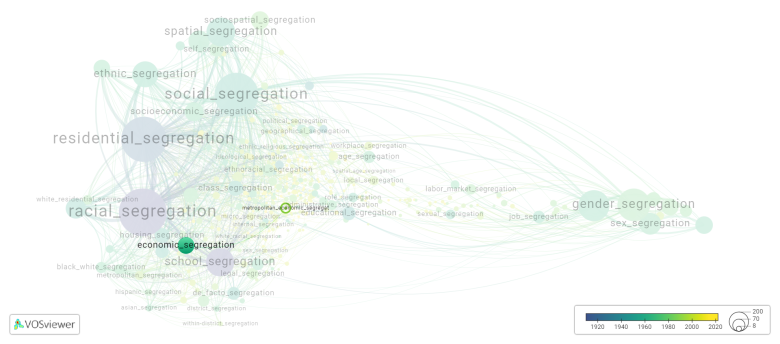Metropolitan economic segregation
Date and country of first publication[1]
1999
United States
Definition
Metropolitan economic segregation refers to the unequal distribution of wealth and income among different neighborhoods or areas within a city or metropolitan area. This segregation can lead to disparities in access to resources such as quality schools, healthcare, employment opportunities, and public services.
Factors contributing to metropolitan economic segregation include historical patterns of housing discrimination, zoning policies that favor affluent neighborhoods, and limited affordable housing options in desirable areas.
The consequences of metropolitan economic segregation can include limited social mobility, increased crime rates in disadvantaged neighborhoods, and a lack of diversity and integration within communities. Efforts to address economic segregation may involve policies to increase affordable housing options, improve access to quality education and job opportunities, and promote inclusive development practices.
See also
Related segregation forms
Metropolitan economic segregation is frequently discussed in the literature with the following segregation forms:
income segregation, economic segregation

This visualization is based on the study The Multidisciplinary Landscape of Segregation Research.
For the complete network of interrelated segregation forms, please refer to:
References
Notes
- ↑ Date and country of first publication as informed by the Scopus database (December 2023).
Metropolitan economic segregation appears in the following literature
Oliver J.E. (1999). The effects of metropolitan economic segregation on local civic participation. American Journal of Political Science, 43(1), 186-212. University of Wisconsin Press.https://doi.org/10.2307/2991790
Dawkins C.J. (2009). Exploring changes in the spatial pattern of income segregation during the 1990s. Research on Economic Inequality, 17(), 159-170. https://doi.org/10.1108/S1049-2585(2009)0000017012
